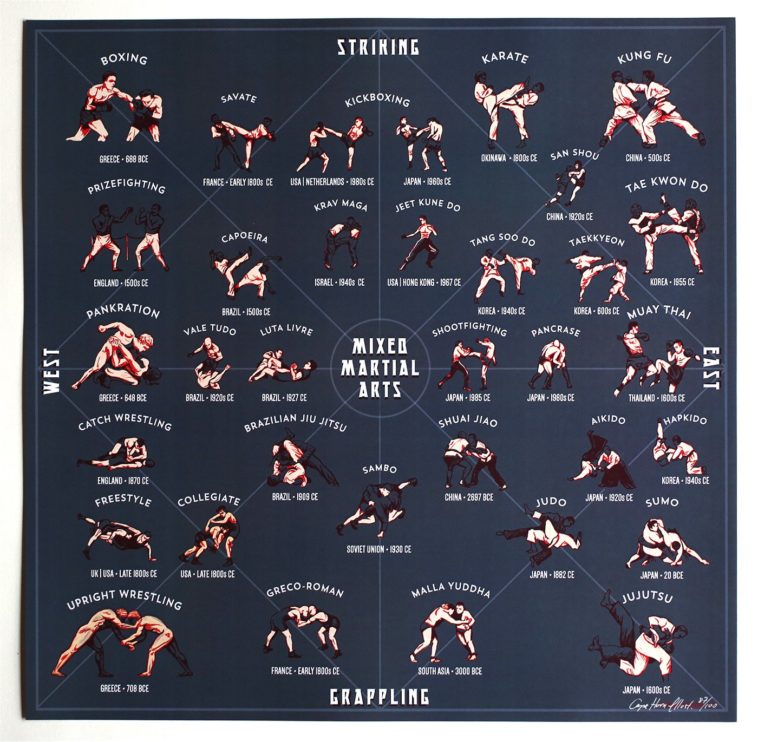Secret Differences Between Typical Martial Arts And Modern Fight Sports: An Extensive Evaluation
Secret Differences Between Typical Martial Arts And Modern Fight Sports: An Extensive Evaluation
Blog Article
Staff Writer-Ware Johnson
When you think about martial arts, do you lean more toward the typical methods or the contemporary combat sporting activities? Each path provides distinct advantages and experiences, formed by their philosophies and training techniques. Standard martial arts stress individual development and discipline, while contemporary combat sports focus on competitors and efficiency. Recognizing these differences can direct you in picking the right method for your trip. However exactly how do these distinctions materialize in training and approach?
The Viewpoint and History Behind Typical Martial arts
While many individuals connect martial arts with physical combat, the viewpoint and background behind traditional martial arts run much deeper. You'll discover that these self-controls highlight individual growth, self-control, and respect.
Originating from old practices, typical martial arts were typically established for Self-Defense and spiritual development. They embody concepts such as balance, harmony, and self-discipline, assisting specialists past plain combating abilities.
As kick boxing for adults train, you'll not just find out strategies however likewise acquire insights right into the society and values that formed these arts. The routines and traditions, usually given via generations, cultivate a sense of area and belonging.
The Affordable Nature of Modern Combat Sports
Modern fight sports have actually changed the landscape of martial arts into a highly affordable field, where athletes take on in a test of ability, method, and endurance.
related web-site 'll see that competitors are frequently organized with strict rules and regulations, guaranteeing justice and safety and security. These events attract large target markets, sustaining the enjoyment and intensity of matchups.
Athletes train rigorously, not just for physical expertise but likewise for psychological strength, knowing that every detail counts in the ring. The adrenaline thrill during competitors is apparent, as fighters push their restrictions to assert success.
Followers value the athleticism and creativity involved, making modern fight sporting activities a thrilling spectacle that remains to evolve and mesmerize enthusiasts all over the world.
Training Techniques and Methods: A Comparative Evaluation
The affordable ambience of contemporary battle sporting activities demands ingenious training techniques that vary dramatically from typical martial arts.
In modern training, you'll concentrate on certain methods, competing, and conditioning, commonly using drills that mimic actual fight situations. You'll see an emphasis on quantifiable efficiency and constant competitors to assess your abilities.
In contrast, standard martial arts prioritize forms, katas, and philosophical mentors, typically emphasizing discipline and regard over competitors.
Training is usually much less extreme and might entail recurring method instead of real-time sparring.
While both methods develop ability and health and fitness, modern combat sports give a more dynamic and versatile training setting, preparing you for prompt obstacles in the ring or cage.
Pick the course that aligns with your goals and interests.
Final thought
In picking in between traditional martial arts and modern-day fight sporting activities, it truly comes down to what you value many. If you're looking for personal development, self-control, and a feeling of community, standard arts might be your ideal fit. But if you grow on competition and real-time obstacles, modern-day fight sporting activities could be the method to go. Inevitably, both paths provide distinct benefits, so it's everything about aligning your training with your individual goals and passions.
